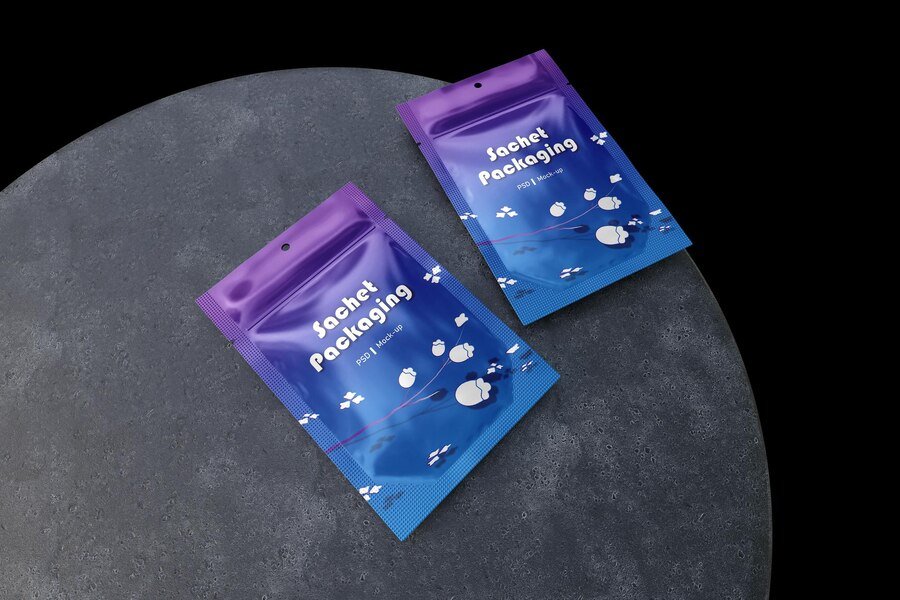Business
What is a desiccant bag?
desiccant bag

Desiccant film bags play a crucial role in preserving the quality of various products by controlling moisture levels within packaging. These small sachets, often filled with silica gel or other desiccants, are commonly found in a wide array of industries, from food and pharmaceuticals to electronics and textiles. Let’s delve deeper into what desiccant bags are, how they work, and their significance in maintaining product integrity.
What is a Desiccant Bag?
Desiccant bags are small pouches or packets containing desiccants – substances that absorb moisture from the surrounding environment. The most commonly used desiccant is silica gel, a porous form of silicon dioxide that can absorb and hold water vapor.
How Do Desiccant Bags Work?
The primary function of desiccant bags is to reduce or eliminate moisture within the packaging of sensitive products. When placed in a sealed container or package, such as a box or a bottle, desiccant bags absorb excess moisture, preventing mold growth, corrosion, and other forms of deterioration that can compromise product quality.
Desiccant bags work through a process called adsorption, where moisture molecules adhere to the surface of the desiccant material. This adsorption process continues until equilibrium is reached, ensuring that the relative humidity inside the packaging remains at an acceptable level.
Significance of Desiccant Bags
- Preservation of Food and Pharmaceuticals: In the food and pharmaceutical industries, maintaining the freshness and efficacy of products is paramount. Desiccant bags help prevent moisture-related issues such as spoilage, clumping, and degradation of active ingredients, extending the shelf life of perishable goods and medications.
- Protection of Electronics: Electronic devices are highly sensitive to moisture, which can lead to short circuits, corrosion, and malfunctions. Desiccant bags are often included in the packaging of electronics to absorb moisture and safeguard sensitive components during storage and transportation.
- Safe Transportation of Goods: During transit, products are exposed to fluctuating environmental conditions, including humidity. Desiccant bags mitigate the effects of moisture absorption, ensuring that goods arrive at their destination in optimal condition, free from damage caused by humidity.
- Preservation of Collectibles and Artifacts: Museums and collectors use desiccant bags to protect valuable artifacts, documents, and artworks from moisture damage. By maintaining controlled humidity levels, desiccant bags help preserve the integrity and longevity of these cultural treasures.
Desiccant Film: An Alternative Solution
While desiccant bags are commonly used, technological advancements have led to the development of desiccant films as an alternative solution. Desiccant films are thin, flexible sheets infused with desiccant materials, offering a more versatile and space-efficient option for moisture control. These films can be easily integrated into packaging materials, providing effective moisture protection without the need for bulky sachets.
In conclusion, desiccant bags play a vital role in safeguarding the quality and integrity of various products by controlling moisture levels within packaging. Whether it’s preserving food, protecting electronics, or safeguarding cultural artifacts, these small yet powerful sachets ensure that products remain in optimal condition throughout storage and transportation. Additionally, the emergence of desiccant films offers a promising alternative for efficient moisture control in diverse applications, further enhancing product protection and preservation efforts.
-

 Business5 months ago
Business5 months agoSepatuindonesia.com | Best Online Store in Indonesia
-

 Technology3 weeks ago
Technology3 weeks agoTop High Paying Affiliate Programs
-

 Tech5 months ago
Tech5 months agoAutomating Your Window Treatments: The Advantages of Auto Blinds
-

 Tech5 months ago
Tech5 months agoUnleash Your Potential: How Mecha Headsets Improve Productivity and Focus
-

 Instagram2 years ago
Instagram2 years agoFree Instagram Follower Without Login
-

 Reviews11 months ago
Reviews11 months agoAndroid Laptop vs. Chromebook: Which one is better?
-

 Instagram2 years ago
Instagram2 years agoIGTOK – Get Instagram Followers, Likes & Comments
-

 Business8 months ago
Business8 months agoFollow These 5 Tips To Avail Personal Loans At Lower Interest Rates




















